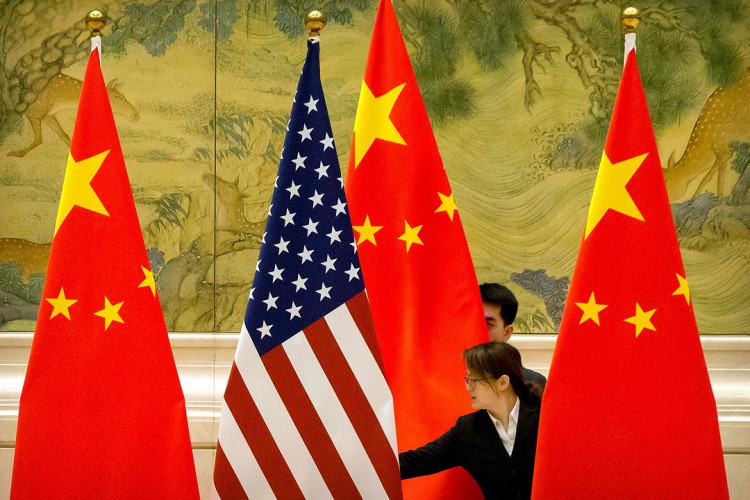China's state media has issued a stark response to the United States' announcement of deploying longer-range missiles in the Pacific region. This strategic move by the U.S., aiming to counter China's influence over Taiwan and other territorial claims, has escalated tensions, with the Global Times, a Chinese Communist Party-affiliated tabloid, decrying it as a "big provocation."
The U.S. Army Pacific Commander, Gen. Charles Flynn, recently revealed plans to position intermediate-range missiles, including the Tomahawk and the Standard Missile-6, capable of reaching 1,500 miles and 150 miles respectively, in the Indo-Pacific. The deployment, slated for 2024, is seen as a countermeasure to China, identified by American defense planners as a long-term security threat.
China's rebuttal, articulated through the Global Times, downplays the tactical impact of these missiles, labeling them as "easier to intercept." However, the newspaper's comparison of this development to the Cuban Missile Crisis of 1962 underlines the gravity with which Beijing views the situation. This crisis, marked by the Soviet Union's missile deployment near the U.S., was a critical moment in the Cold War, bringing the two superpowers perilously close to nuclear conflict.
Observers note that China's military capabilities are far more advanced than those of the Soviet Union at its peak. Under President Xi Jinping's leadership, China has modernized its military significantly, with particular focus on asserting control over its territorial claims, especially Taiwan. Despite Taipei's rejection of political union, Beijing remains committed to unification, potentially using force if necessary.
On the U.S. side, the missile deployment is not only a deterrent against China but also a measure to support allies like Japan and South Korea in the face of North Korea's advancing ballistic missile program. Japan, in response, is developing its own long-range capabilities and has procured Tomahawk missiles, expecting deliveries by 2025.
As the U.S. fortifies its position in the Pacific, further developments and reactions, particularly from China, are awaited with keen interest, given the complex geopolitical dynamics of the region.
Meanwhile, in a related development, U.S. Congressional negotiators are reportedly considering dropping China investment curbs from the Defense Bill. This move, which aligns with President Joe Biden's executive order restricting U.S. investment in Chinese high-tech sectors, reflects the intricate economic interdependencies between the two nations. The lifting of such sanctions could pave the way for enhanced two-way trade and investment cooperation, essential for the global technology sector's advancement.
The evolving U.S.-China relations, post the summit in San Francisco, suggest a cautious approach towards decoupling, with both nations recognizing their pivotal roles in global technological innovation and development. However, the road ahead remains fraught with challenges, as both superpowers navigate through the intricacies of power dynamics and mutual dependencies in a rapidly changing world.






